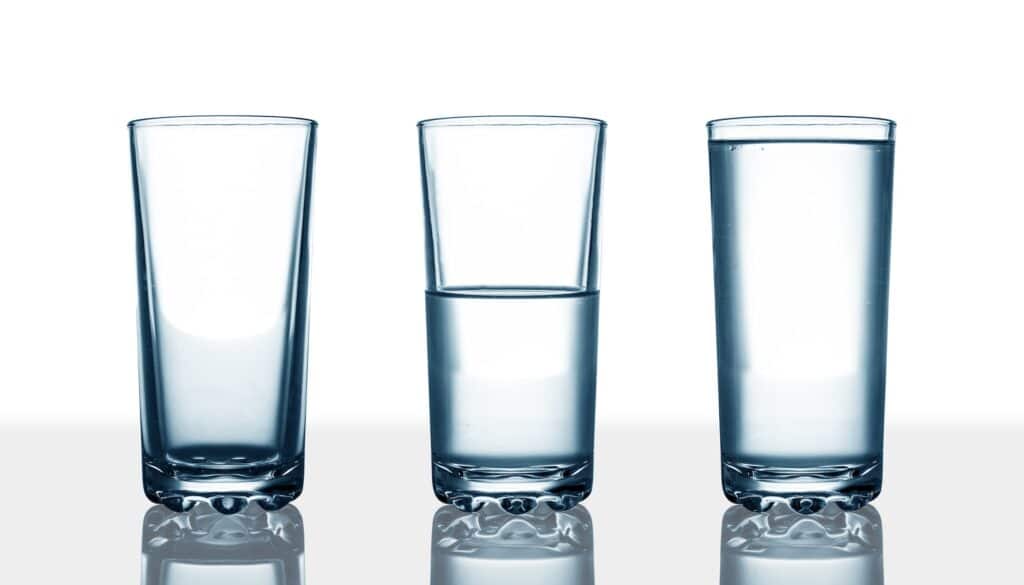English Review of Countable and Uncountable Nouns

This module offers a review of countable and uncountable (noncountable) nouns for learners who have previously learned about this grammar in a previous English course.
A noun can be countable or uncountable.
Countable Nouns
Countable nouns can be singular (=one) or Plural (= two or more)You can use “a/an” or “one” for singular countable nouns, and “two/three (etc.)” for plural countable nouns
Examples:
one apple, an apple (singular) – apples, two apples, three apples, etc (plural)
one piece, a piece (singular) – pieces, two pieces, three pieces, etc (plural)
one glass, a glass (singular) – glasses, two glasses, three glasses, etc. (plural)
Uncountable Nouns
You can’t say one/two/three (etc.) + uncountable noun, and you cannot use a/an + uncountable noun
Uncountable nouns have only one form and is typically used with “some”, “a lot of”, “many”, or “much”.
Examples:
air (singular), some/a lot of/much air (plural) (not “an air”, or “one air”, or “airs”)
anger (singular), some/a lot of/much anger (plural) (not “an anger”, or “one anger”, or “angers”)
Examples of words that signify the quantity of a noun:
A lot (of)
Many
Much
A little (bit of)
Some





